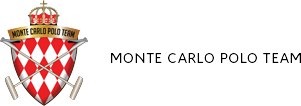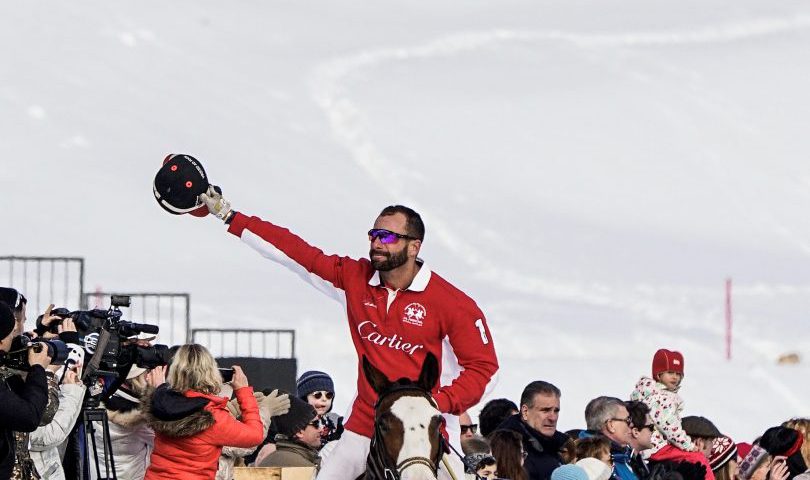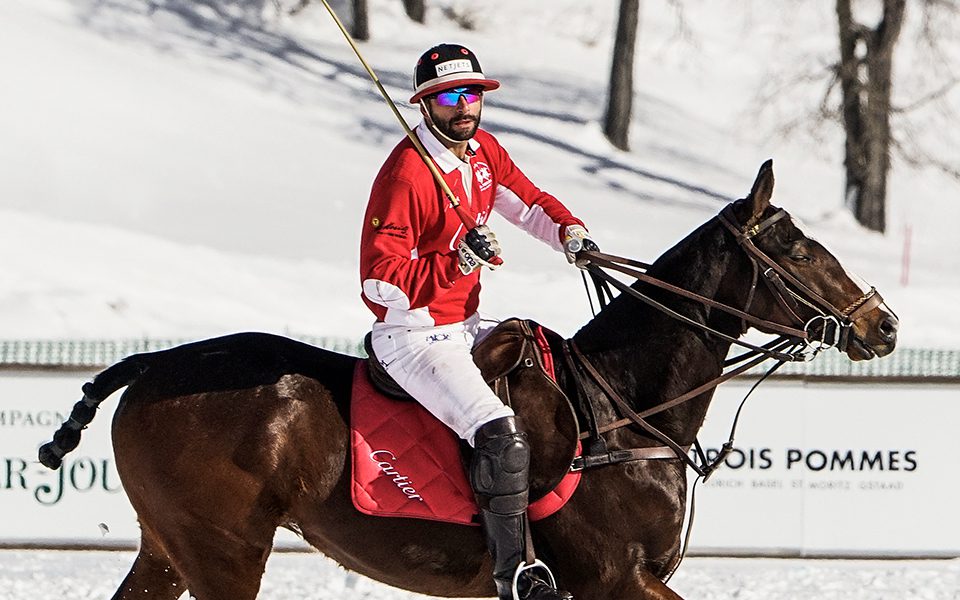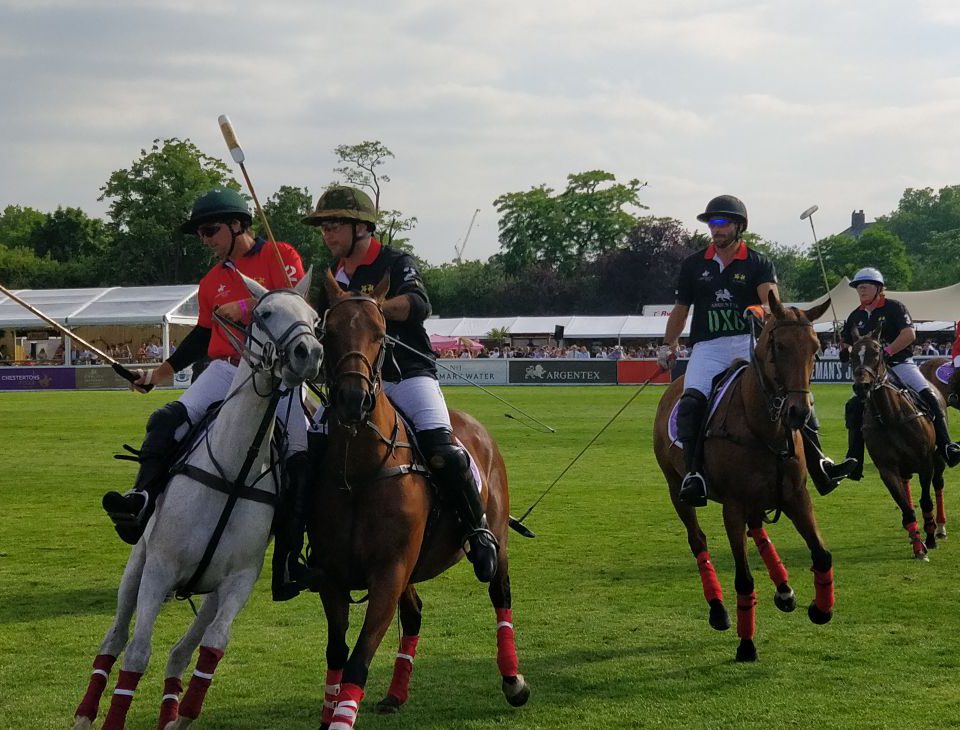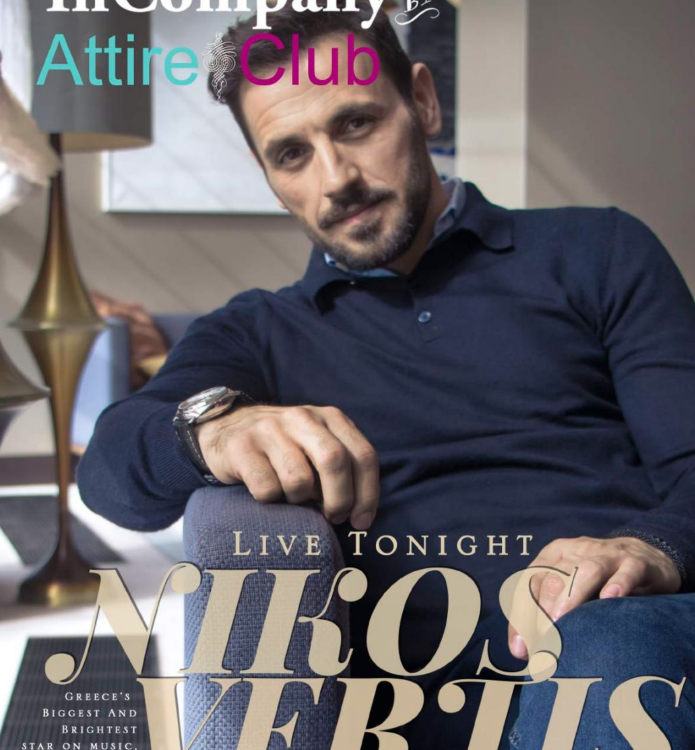An interview with Rommy Gianni
Rommy Gianni is the President of the Association and Federation of the Monte Carlo Polo and Captain of the original and oldest Polo Team in Monte Carlo. I was delighted to find a player who is not only passionate about the sport but understands and respects the ponies.
We met for green tea and as I explained to him I use to play and have polo ponies that I exercised daily. I loved this world and it was very close to my heart. Rommy is a busy real estate developer and polo is his passion, yet he was patient enough and probably slightly amused to listen to my memories and my amateur perspective of the polo world. He has been playing polo since the age of twenty one and is amongst the most skilled polo players in the world, he also speaks English, French, Italian and probably more…
Once we got my ramblings over with and I also showed him some old photographs of my horses. Rommy got to business and explained the set up of the Monte Carlo Polo Team.
There is no physical polo field or livery for Monte Carlo Polo Team as we have for example in London, with Ham Polo or in Gloucestershire with the Cirencester Polo Club. The Monte Carlo Polo Team hold their tournaments and training from St Tropez and stable the ponies in Paris at Chantilly. Rommy’s Father who also played polo was the catalyst and the inspiring influence. Born in Rome, he now travels extensively and has built lasting relationships with the teams in Argentina, Brazil, Europe and Miami to name a few. However, Monte Carlo is his home (for 30 years) and his base for the team for over 8 years.
Many new comers pop into the world of polo, however polo as Rommy explained is a sport that succeeds only if played as a team. This team approach radiates out not just in the game itself but nurtures and builds relationships with the ponies, staff, players, their families and the industry in general. It takes time to build relationships and to find the right people to work with.
The game is ancient and started out as a stick and ball activity. Polo later influenced the game of hockey and probably golf and cricket. The earliest records of polo were from Persia following on to Constantinople, Tibet, China and Japan and then on to Afghanistan, Pakistan and Burma. It thrived in India in the 16th Century.
The ‘oldest club in the world’ was set up in Cachar in India in 1859. It was brought to England in 1869 by the 10th Hussars. The first recorded match was played on Hounslow Heath with eight players. The first rules were drawn up by the Committee of the Hurlingham Club in 1874.
One of the first topics that surfaced in our conversation was how important it is to be healthy. Rommy follows a strict diet leading up to major tournaments which is also encouraged for the whole team and the ponies have their own regimes too. Rommy is fit and exercises every day, if he can. He recently trained in Thailand with a sports coach that encouraged kick boxing and tai chi. The game of polo is fast, furious and the body and mind has to be strong and flexible.
Rommy has just come back from playing snow polo in St Moritz in Switzerland, where his team won for the third time in a row. Snow polo as he describes is slightly different from grass polo. Different skills are needed. The ponies need special snow nails in their shoes to prevent slipping. The ball is lighter which makes the sport faster as it bounces off the ice rather than rolling as on a grass field. In order to practice for snow polo indoor arenas are used, which as he described, can be compared to playing a game of squash on a pony. A galloping Argentina pony can reach high speeds, mix this with four players bumping into each other with mallets (sticks that hit the ball) swinging around in the air; the game is not to be taken lightly. He also mentioned another tournament that is played annually on an ice lake in Italy, Cortina D’Ampezzo which is a ski resort close to Venice this is probably the most challenging, balls have been known to reach speeds of up to 110mph.
Each match lasts one hour and fifteen minutes. Two teams are made up of four players each, the players being recognised by their shirt colours. A full match is divided into seven minute time periods of play called ‘Chukker’s’ with three minute intervals, this gives the opportunity for the ponies to refresh or change. If it is a high goal match there will be six chukker’s. The ponies are no higher than 14.1 hands, after this height it is a horse. Argentina is still the capital of the world for polo with the most 10 + player handicaps and still breeds the best ponies but wherever the pony is from it is aways a thoroughbred. Players are given handicaps depending on the goals reached, the maximum being 10.
‘The line of the ball’ is the objective, this is an imaginary line that is created each time the ball is struck. Rommy explained that polo is not a game that you can master overnight. It takes time, firstly to learn to ride which requires regular lessons with a professional coach. Followed by understanding the rules and the mentality of the of the game. Safety is the prime concept to the game. To play the sport professionally many ponies are required. These ponies, like their riders, are athletes and require particular conditions and environments in order for them to thrive.
One of my favourite stories called ‘The Maltese Cat’ by Rudyard Kipling is a humourous account of polo match written from the ponies perspective. One of the first sentences from the Maltese cat who was a ‘who’s who’ of the pony world, said“ Thats because we play with our heads as well as our feet”. Kipling stepped into the shoes of a pony and gives us a glimpse of their world, personalising them with names and emotions.
Polo attracts the glamorous crowds and celebrities as well as the luxury media world however behind the scenes are intelligent animals that require patience, dedication and commitment. Owning a polo pony is serious business, there are injuries and like humans they can become ill and sometimes incur fatal injuries.
Rommy’s father played polo for 35 years and was passionate about the sport. They still own a farm in Tuscany where some of the ponies retire or are passed down to local children learning to ride and the sheer delight of taking care of a pony.
